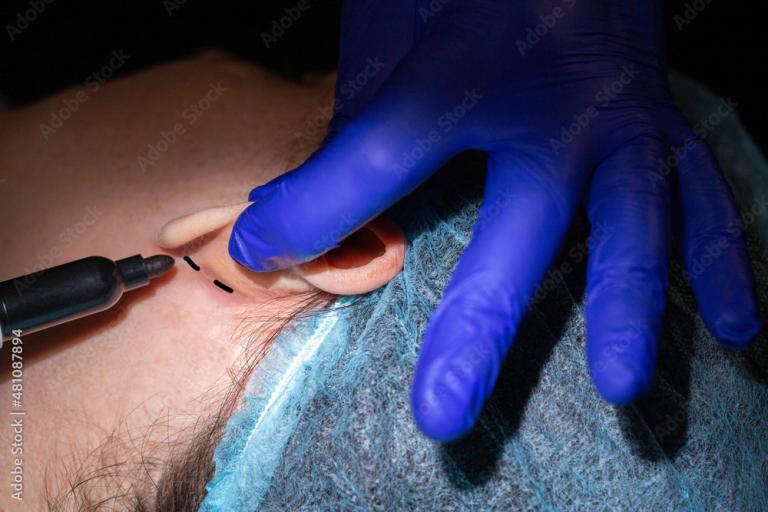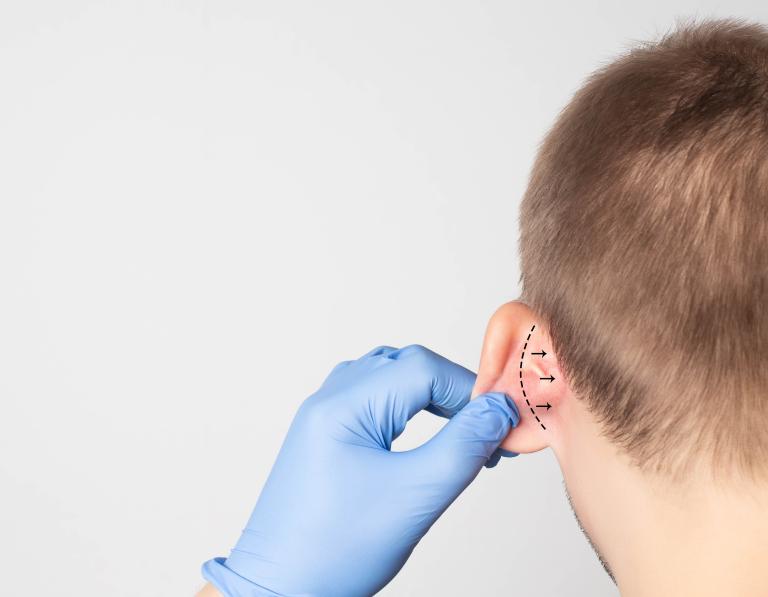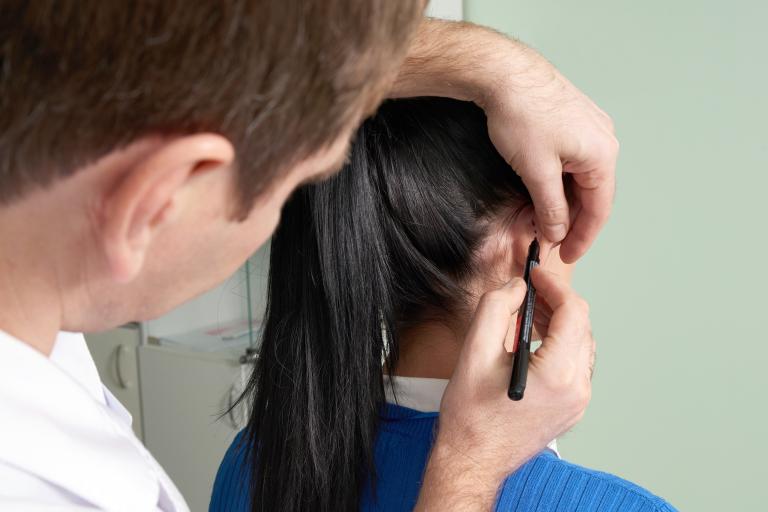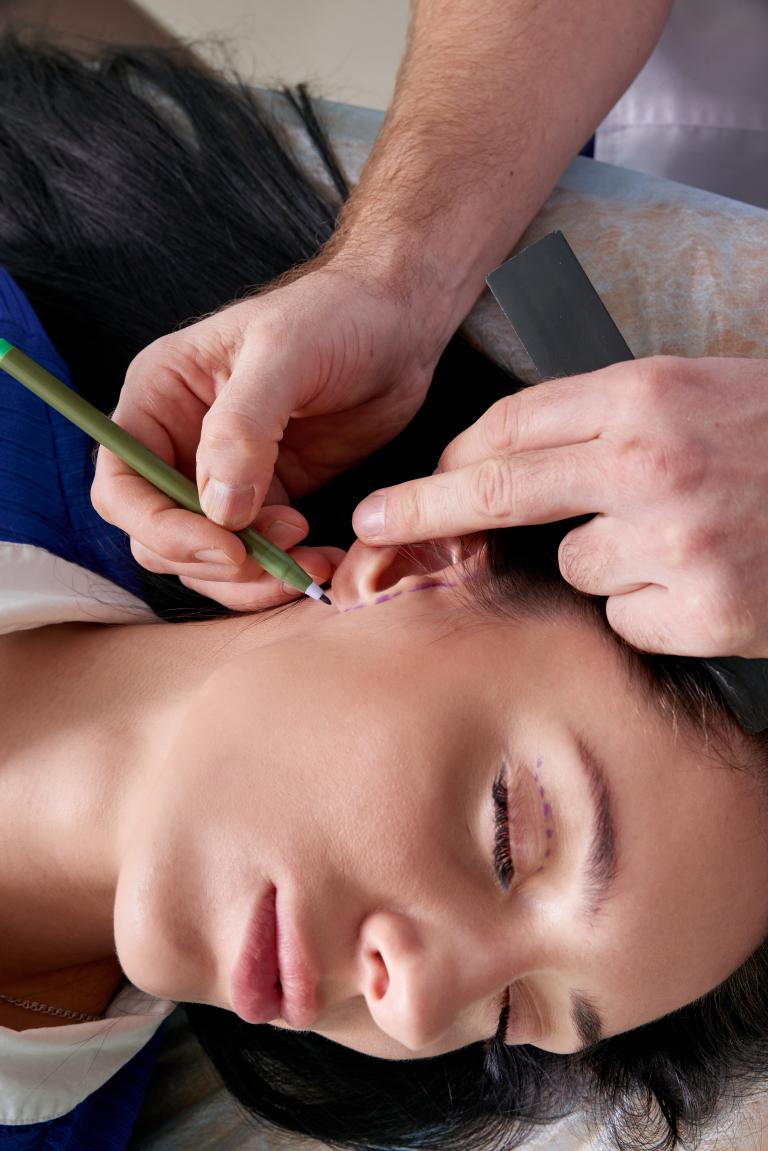Recovery and Rehabilitation
Post otoplasty you will have bandages on your ears to provide additional protection and support. It’s common to feel some discomfort and itching after surgery. Your surgeon may recommend pain medication.
After surgery you should avoid sleeping on your side and rubbing or placing any force on the ears. It may help to wear button-down shirts or clothes with loose fitting collars.
Most patients will return to see us at by one week so the bandages can be removed. You may notice that your ears are swollen or red and you may need to continue to wear a loose headband for a few weeks to cover your ears while you are sleeping.
Your surgeon will recommend when, or if your stitches need to be removed, as some stitches dissolve on their own. Your surgeon will also recommend when you can resume normal daily activities such as swimming and bathing.
